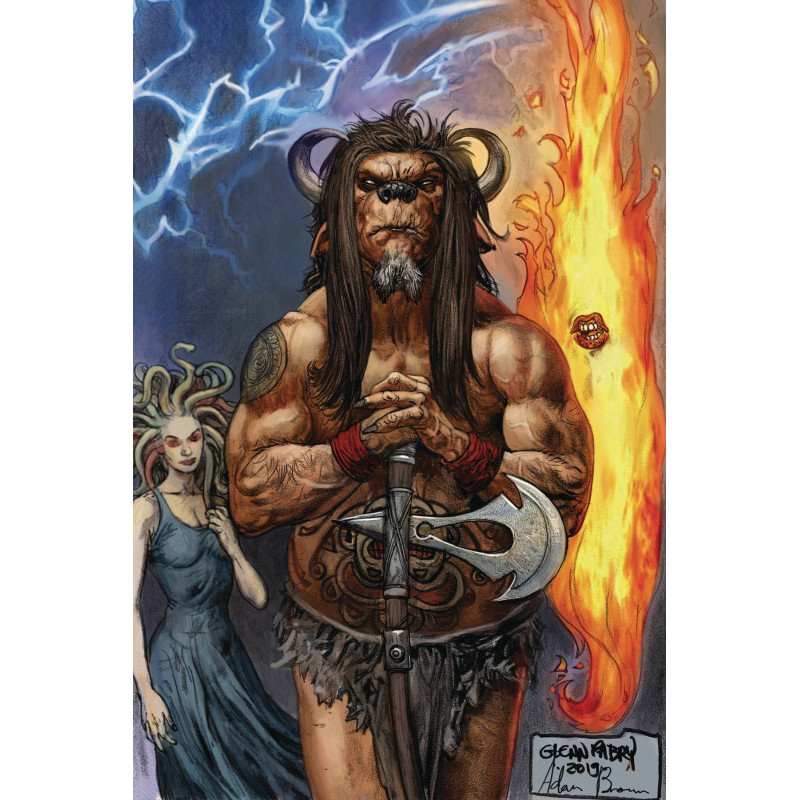

Loki shaves off the goddess Sif’s hair because “t was funny. Odin farts the mead of poetry into a giant’s face (and thus creates bad poetry). And that foreknowledge, as Gaiman says, is what makes the gods “tragic heroes, tragic villains.”īut all the same, they remain true to their essential natures: Tragic they may be, but they are also, as they always have been, petty. Shaping every narrative arc is the knowledge that Ragnarok is coming, and that with each myth the gods bring themselves closer to their own destruction. (“I hate you so much,” says Freya sardonically to Loki, after one of his schemes gets her engaged to a frost giant.) As in nearly all retellings of Norse mythology, Loki is the star here: His love of chaos is the narrative engine that sets each story in motion, and watching him lie his way out of trouble and then back into it again is one of the chief pleasures of this book.

And even the gods who feature only briefly in these retellings have distinctive voices. Thor is straightforward and single-minded.

Loki spins his lies with an oily, winking smoothness. Gaiman’s voice is not so much heightened and lyrical as it is grounded and calm, with a wry, ironic sense of humor that spills over into the characters’ dialogue. “Ragnarok,” he writes in Norse Mythology’s introduction, “made the Norse world linger for me, seem strangely present and current, while other, better-documented systems of belief felt as if they were part of the past, old things.”Īnd so Norse Mythology, in contrast to Byatt’s Ragn a r o k, is determinedly a collection of stories with narrative arcs and conclusions, peopled with characters who have consistent, coherent psychologies. He thinks that myths do tell satisfying stories, and that the Norse myths are more satisfying than most, because of the promise of the apocalypse in Ragnarok. “They shape different parts of the world inside our heads, and they shape them not as pleasures, but as encounters with the inapprehensible.” “Myths are often unsatisfactory, even tormenting,” she writes. Byatt’s Ragn a r o k is lyrical and positively teeming with imagery: As you read, you can vividly imagine the dripping maw of Fenrir the wolf as he prepares to swallow the world, the sea frothing around the Midgard Serpent as she frolics in destruction.īut Ragn aro k is uninterested in story and the satisfactions of narrative, which Byatt considers to be counterproductive to the project of myth. Byatt’s Ragn a r o k, the story of the apocalyptic destruction of the gods. In books, the most beautiful and stirring of the recent retellings is A.S. And Norse mythology has been increasingly in vogue over the past few years, perhaps as a side effect of the popularity of Marvel’s Thor movie franchise.


 0 kommentar(er)
0 kommentar(er)
